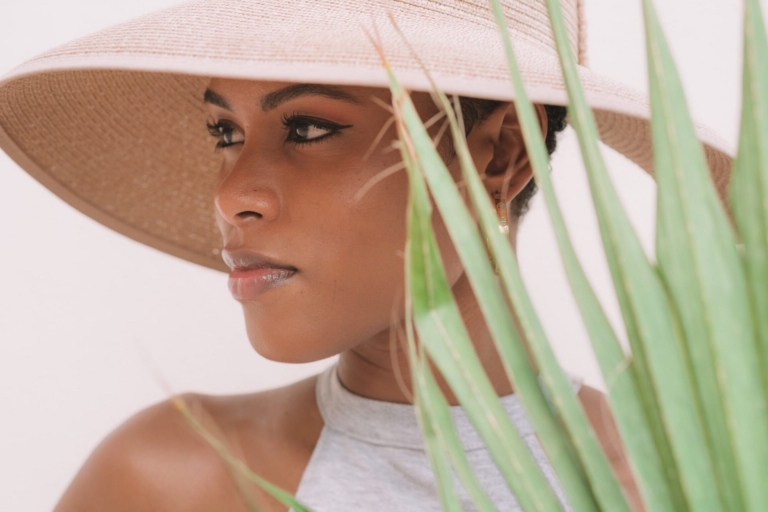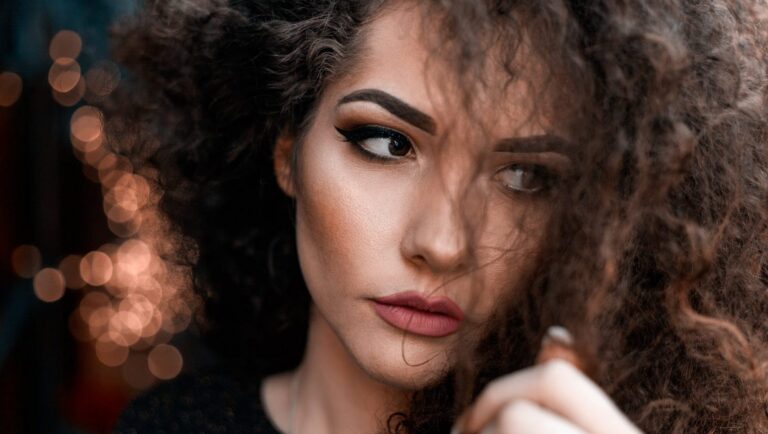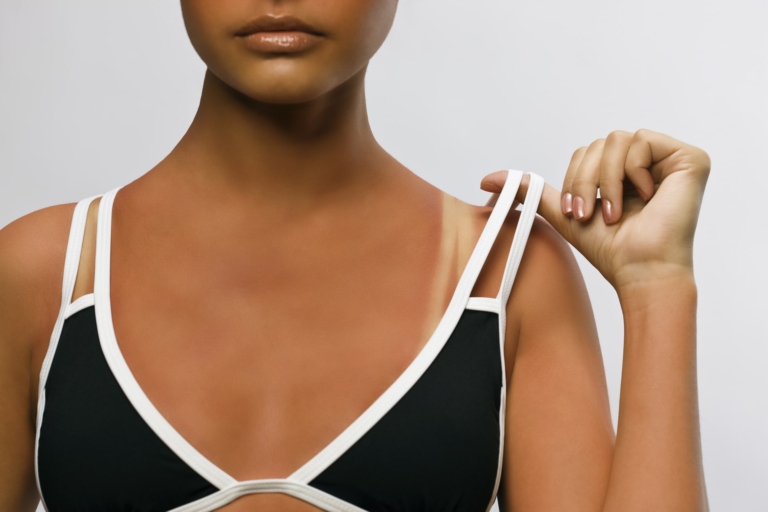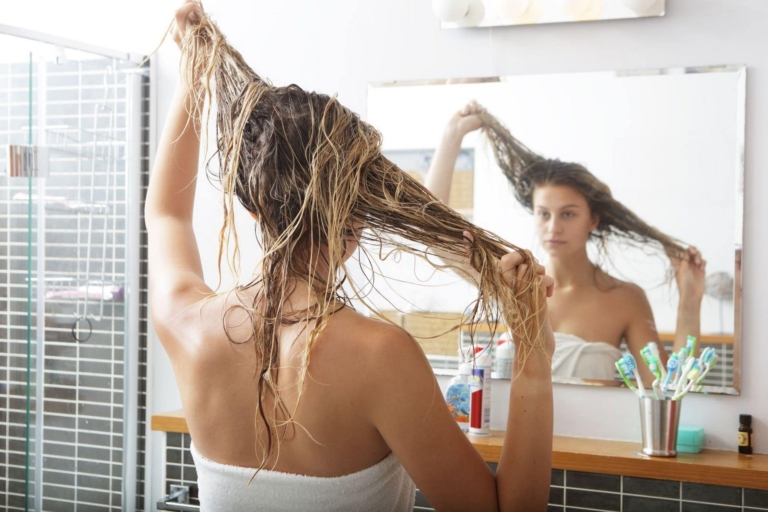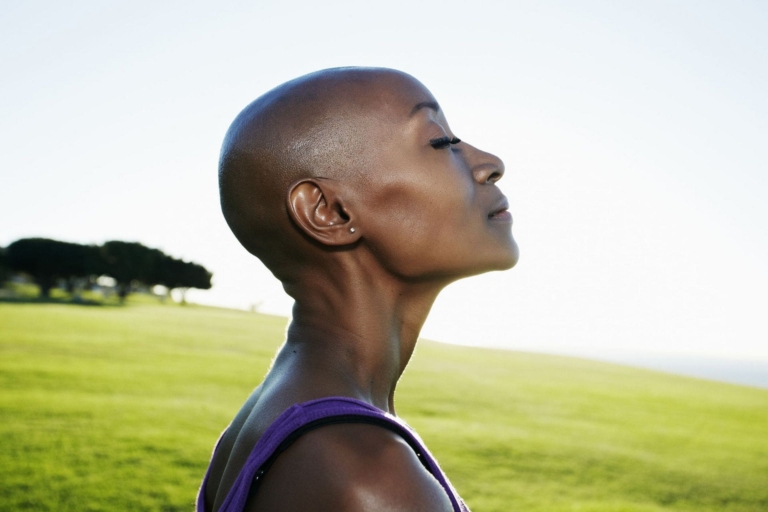Aloe vera gel for hair care
Aloe vera is a plant widely used in cosmetics and skincare.
The healing properties of aloe vera are due to over 200 biologically active substances.
One of the most popular uses of aloe vera is as a gel.
How does it work and what can it be used for?
Aloe gel is made from the pulp of the aloe vera plant.
The most effective cosmetics are those containing a high percentage of aloe extract.
Aloe vera gel Why use aloe vera on your hair?
The moisturizing and regenerative properties of aloe vera gel are also beneficial for your hair and scalp.
What problems should it be used for?
Aloe vera is a humectant, a moisturizing substance with the ability to attract and retain moisture in the hair.
Because it’s water-soluble, it’s completely eliminated from the hair, so it doesn’t build up on the hair surface like silicones, and its pH has smoothing properties.
All these factors mean that aloe vera applied to hair can improve its appearance and condition.
Aloe vera is suitable for problems such as..:
- Dandruff
- Itchy scalp
- Scalp irritation
- Excessive static electricity in hair
- Hair loss
- Dry, curly hair
- Damage to hair caused by the sun or freezing tangled hair
When applying aloe vera gel to the entire length of your hair, remember that it’s a powerful humectant.
What does this mean?
That its action is based on retaining moisture and absorbing it from the environment.
It’s worth remembering, however, that as a humectant.
Depending on the condition of your hair, using gel alone, without any additives, can result in very frizzy hair.
To avoid this, aloe vera gel is used in combination with oils or other ingredients.
Aloe vera is an excellent moisturizer for hair and scalp.
As it is a water-soluble substance, there’s no need to worry about it accumulating on the hair’s surface.
By using aloe vera for hair and scalp care, you can count on nourished hair roots, faster hair growth and the elimination of dry dandruff.
Aloe vera makes hair shinier and smoother, gives it volume, strengthens it and prevents static electricity.
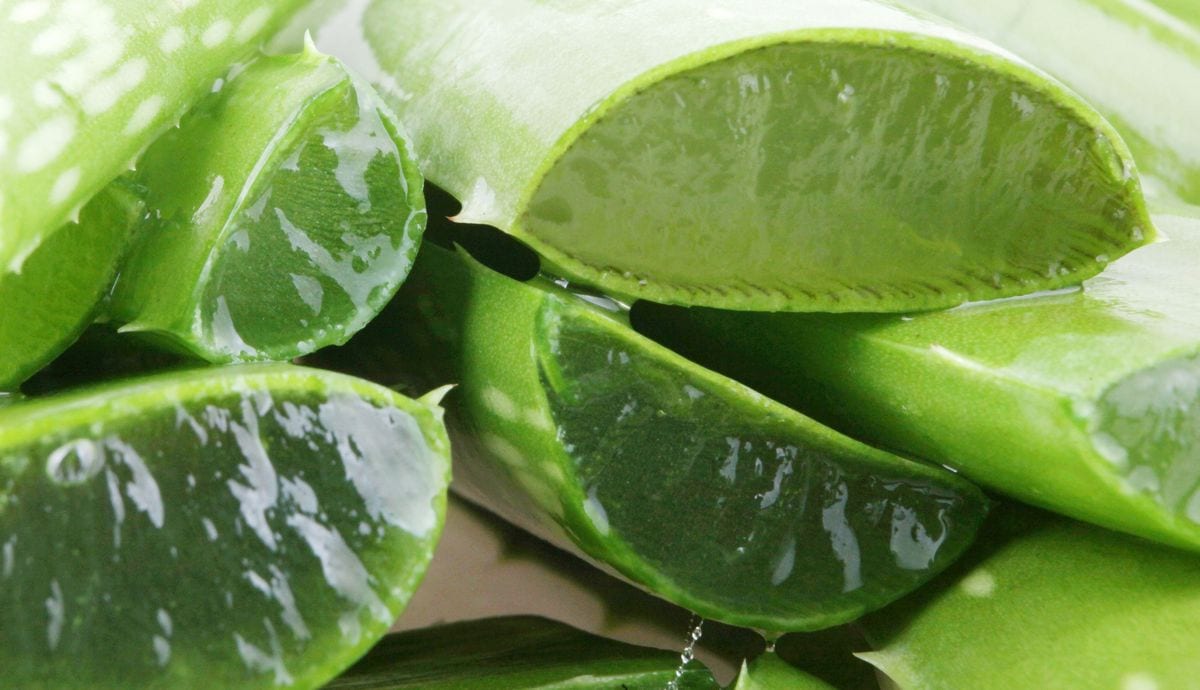
How do I apply aloe vera gel to my hair?
The best way to apply aloe vera to your hair is to combine it with an oil of your choice.
You can use any oil for hair care, such as olive oil, castor oil, almond oil or macadamia oil.
Mix the oil in equal proportions with the aloe vera.
One tablespoon of oil and one tablespoon of aloe vera gel is enough for medium-length hair.
Apply the mixture all over your hair and massage it into your scalp.
Leave it on your head for 30 to 60 minutes, then wash it out with warm water and your favorite shampoo.
You can also prepare a homemade aloe vera hair mask.
All you need to prepare the mask is 3 tablespoons of aloe vera and 3 tablespoons of liquid honey.
Mix the ingredients well and apply to washed hair.
Rinse with lukewarm water about 15-20 minutes after application.
The result is soft, shiny, perfectly moisturized hair.
Aloe vera gel is a must-have in your make-up bag!
It moisturizes, regenerates and soothes irritated skin, and is suitable for virtually all situations.
Properties of aloe vera gel
The skin-care properties of aloe vera gel:
- Moisturizes hair
- Moisturizes the scalp
- Relieves itchy scalp
- Eliminates dry dandruff
- Restores the scalp’s pH balance
- Nourish hair bulbs
- Stimulates hair growth
- Smoothes hair
- Makes hair easier to comb
- Strengthens damaged hair
The leaves, or more precisely the gelatinous pulp they contain, are used as a cosmetic material.
It is composed of water and over 200 biologically active substances.
The pulp is rich in vitamins E, A, C and B group vitamins. It is also a valuable source of phosphorus, copper, sulfur, magnesium and potassium.
The aloe gel obtained from the pulp has antibacterial and regenerative properties.
In natural medicine, aloe vera has been used to treat skin burns, wounds and acne.
Thanks to its regenerative, moisturizing and soothing properties, it can be used in a wide range of applications, including on the hair.
Aloe vera is particularly recommended for very porous, fine, damaged, weakened and dry hair.
And don’t forget its unique soothing effect, which you can use for scalp irritations.
Nutritional values and composition of aloe vera
Aloe vera is widely used medicinally, mainly due to its content of low-molecular-weight phenolic compounds such as alkaloids, coumarins, flavonoids, phytosterols, anthrones, benzene, anthraquinones, pyrones and a furan derivative.
Aloe vera is also a source of 19 of the 20 amino acids, including the essential ones, which are necessary for the body to function properly.
Their consumption ensures, among other things, the proper functioning of the enzyme system.
Aloe vera leaves have also been shown to contain bioactive phytochemicals.
However, the most important characteristic of aloe vera is its enormous water content of 99.5%.
The remaining 0.5 to 1% is made up of over 75 different, potentially biologically active substances, including vitamins, minerals, lipids, lignin, saponins, enzymes, organic acids, polysaccharides, dietary fibers and phenolic compounds.

Hair rinse with aloe vera
A simple hair rinse with aloe vera juice smoothes hair cuticles, facilitates styling and protects hair from external influences.
It also helps to gently set your style.
How do I prepare it?
Simply mix aloe vera with water in a 1:2 ratio (100 ml aloe vera to 200 ml water), immerse your hair in it and rinse gently with lukewarm water.
Aloe vera softens the effect of shampoo
You can add aloe vera pulp to your hair shampoo if you think it’s too strong and irritates your scalp.
Aloe vera considerably softens its effect.
Enhance your hair mask with aloe vera
You can add aloe vera gel or the pulp of the fresh plant to your hair mask for better moisturizing, smoothing and nourishing properties.
The best combination is aloe vera and an oil-based emollient mask.
However, if your hair is porous, such a mask can curl or dry it out, so use it with care.
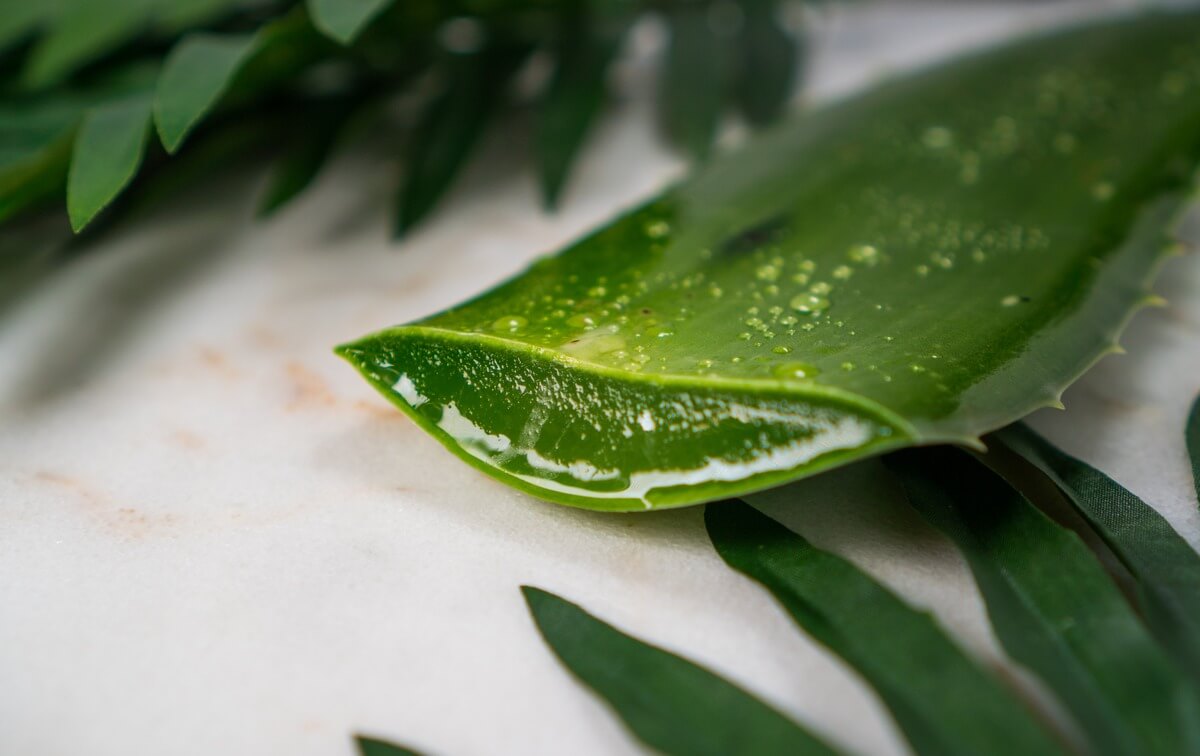
Aloe vera gel for the skin
Are you struggling with irritation, acne or scarring?
Aloe vera gel will be the best choice in this situation.
Thanks to its soothing and antibacterial properties, it’s ideal for problem skin.
At the same time, it doesn’t dry out like many cosmetics, but moisturizes and heals.
Aloe vera gel can be safely used to support the treatment of psoriasis, eczema and other skin conditions.
When applied, it provides a soothing sensation that brings significant relief to irritated skin.
You can safely apply aloe vera to your face and body.
It can be applied directly after waxing, soothing irritation and promoting skin regeneration.
If applied regularly to scars or stretch marks, aloe pulp has lightening properties.
You can use it as a spot treatment and apply it to the entire surface.
How do I apply aloe vera to my skin?
The most convenient way to apply aloe vera to the skin is as a gel.
It can be easily purchased in most pharmacies and drugstores.
The consistency of the gel is extremely convenient to use, and the cosmetic is rapidly absorbed.
How do I apply aloe vera gel?
It can be used alone or in combination with other cosmetics.
Aloe vera gel applied alone is particularly suitable for oily skin, as it has astringent properties and closes pores.
If your skin is very dry, aloe vera gel alone can tighten it even more.
In this case, it’s best to combine it with the cream you use every day, or with your favorite skincare oil.
Aloe vera gel after sunbathing
Too much time in the sun has left your skin red and irritated? Aloe vera is the perfect solution!
Like D-panthenol, it soothes sunburned skin, refreshes and promotes regeneration.
Aloe vera can also be used if you’ve burnt your skin with hot objects.
Simply apply a thick layer of the gel to the burned area and repeat the application daily until healed, you’ll feel relief immediately.
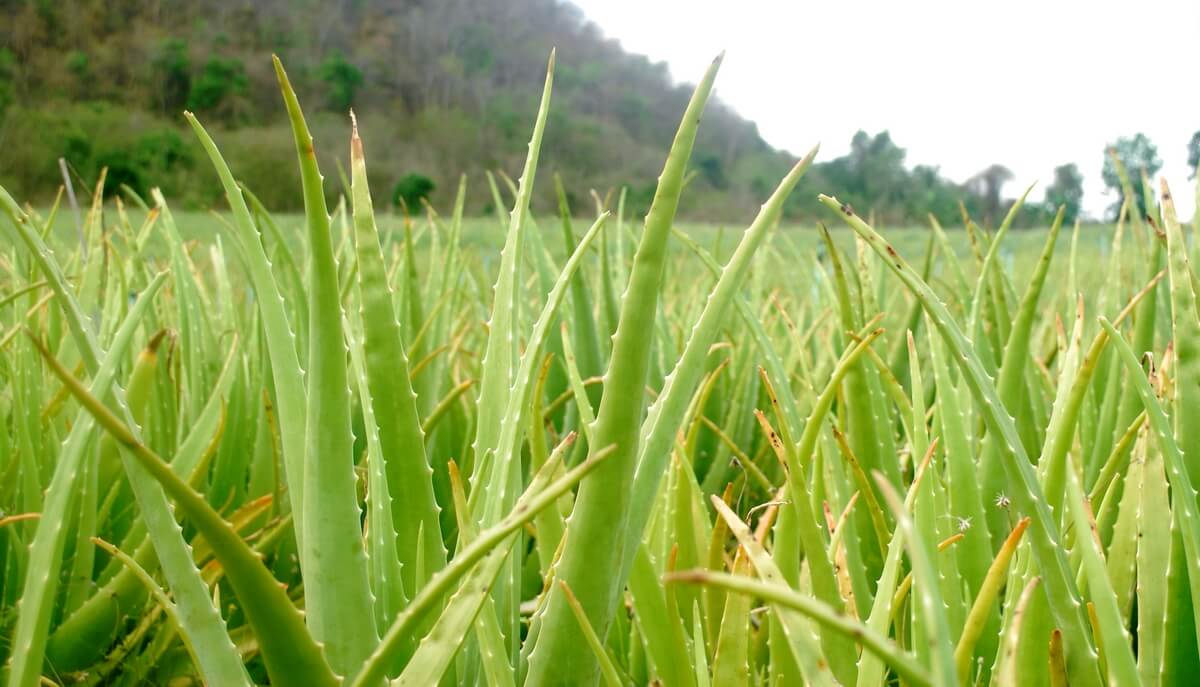
What type of aloe vera should I buy?
Aloe vera is commonly used in cosmetic preparations as an addition to creams, shampoos and masks.
It is also a frequent ingredient in toothpastes and cosmetic cleansers, as well as in gels for burns.
It can also be purchased as pure aloe vera gel, in which form it is commonly used on hair, skin and burns.
If you want to use as many of aloe’s nutrients as possible, it’s a good idea to buy high-quality aloe vera gel.
If we want to use aloe vera internally (orally), we can buy it as a dietary supplement in capsule or tablet form, or as juice.
Before buying, it’s worth finding out about the production process and recommendations for use.
You can also extract aloe vera pulp yourself – you’re sure to get a high concentration of active ingredients.
Extraction of aloe vera gel from leaves
To do this, simply cut a few of the plant’s thick leaves about 3 to 4 cm from the stem, wash them thoroughly and trim off the thorns.
Then separate the layers of leaves to obtain the inner gel.
You can also dice or grate aloe vera.
Aloe vera gel in this form should be stored in the refrigerator for several days at most.
As a general rule, the fresher the aloe vera, the better.
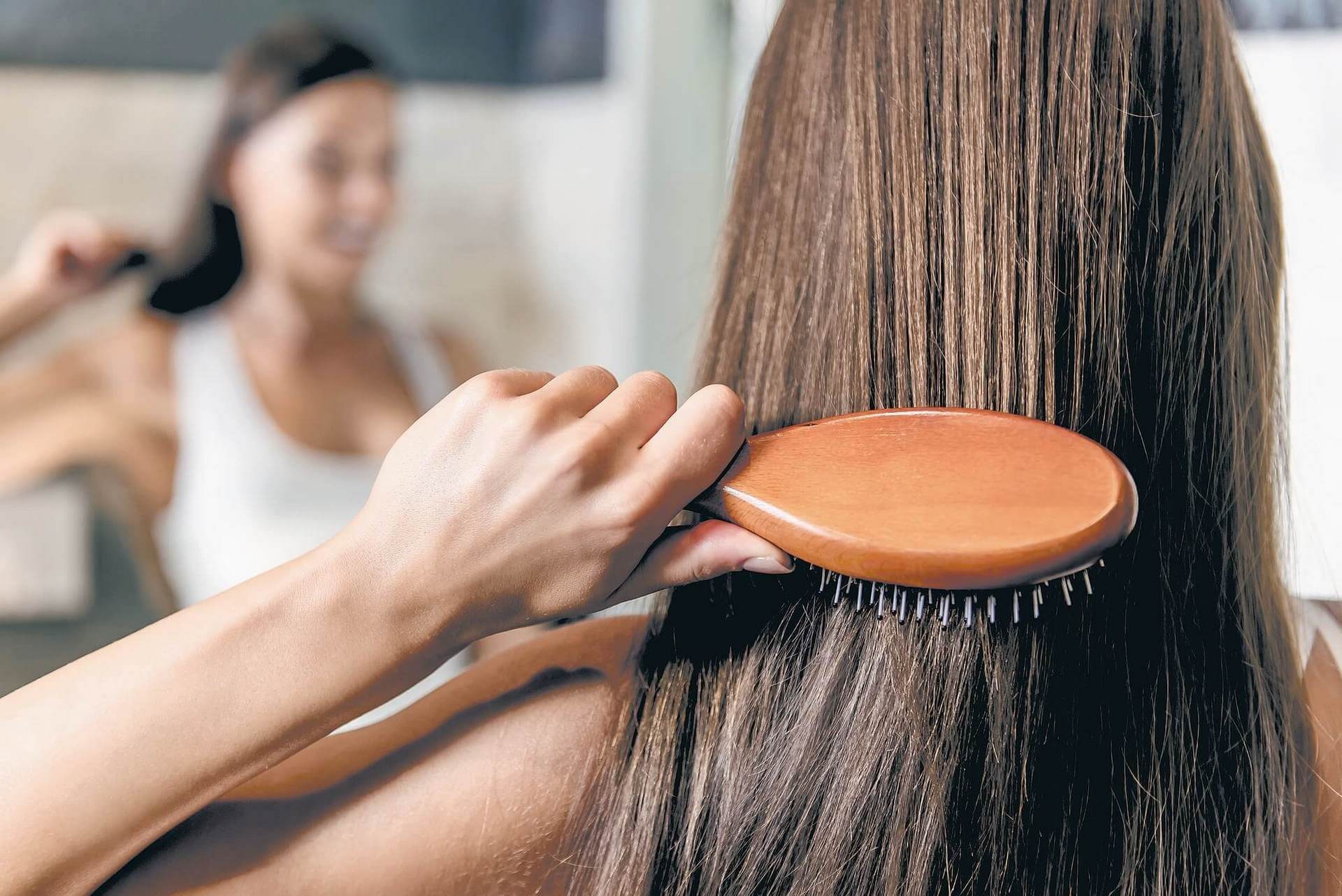
How can I use aloe vera safely?
Because of possible side effects and the lack of research into the safety of aloe vera, it’s best to play it safe and not use it internally.
External use, on the other hand, presents no such risk.
To prevent aloe vera from oxidizing rapidly, which could lead to a loss of valuable ingredients and a weaker effect, the pulp should be kept refrigerated and used ideally within 3 hours of harvesting.
In turn, it can be stored in the refrigerator for 10 to 14 days.
Aloe vera can be applied directly to the skin, both on the face and body.
It is ideal for treating irritated, burnt or dry skin.
Aloe vera pulp has a pH similar to the natural protective layer of human skin, so it can be used at the end of a daily skincare routine, for example as a toner, simply by diluting the gel in water.
What’s more, aloe vera has a cleansing effect, unblocking the cellular connections between dermis and epidermis (keratolytic effect).
In this way, aloe vera intensively cleanses both the skin’s outer layer and deep pores.
Aloe includes almost 400 species, the differences depending on the systematic classification of the taxa.
They include woody, shrubby and perennial forms, sometimes perennials and sometimes lianas.
- Two species are mainly used in cosmetics:
Common aloe (Aloe barbadensis Miller), also known as Aloe vera, and arborescent aloe (Aloe arborescens Miller).
The plant is native to dry regions, savannahs and deserts.
In East Africa, South Africa, Madagascar, Socotra and the Mascarene Islands.
Today, aloe vera is found in the Caribbean and the Mediterranean, North America, India, Indonesia, the Caucasus and Australia.
“One of my biggest dreams is that my company will be able to change the course of one family’s life, one child at a time by giving back to the community.”


